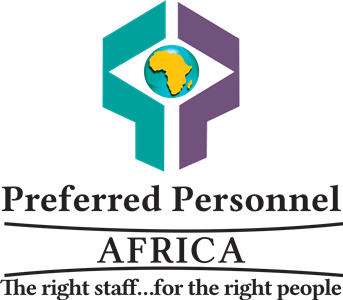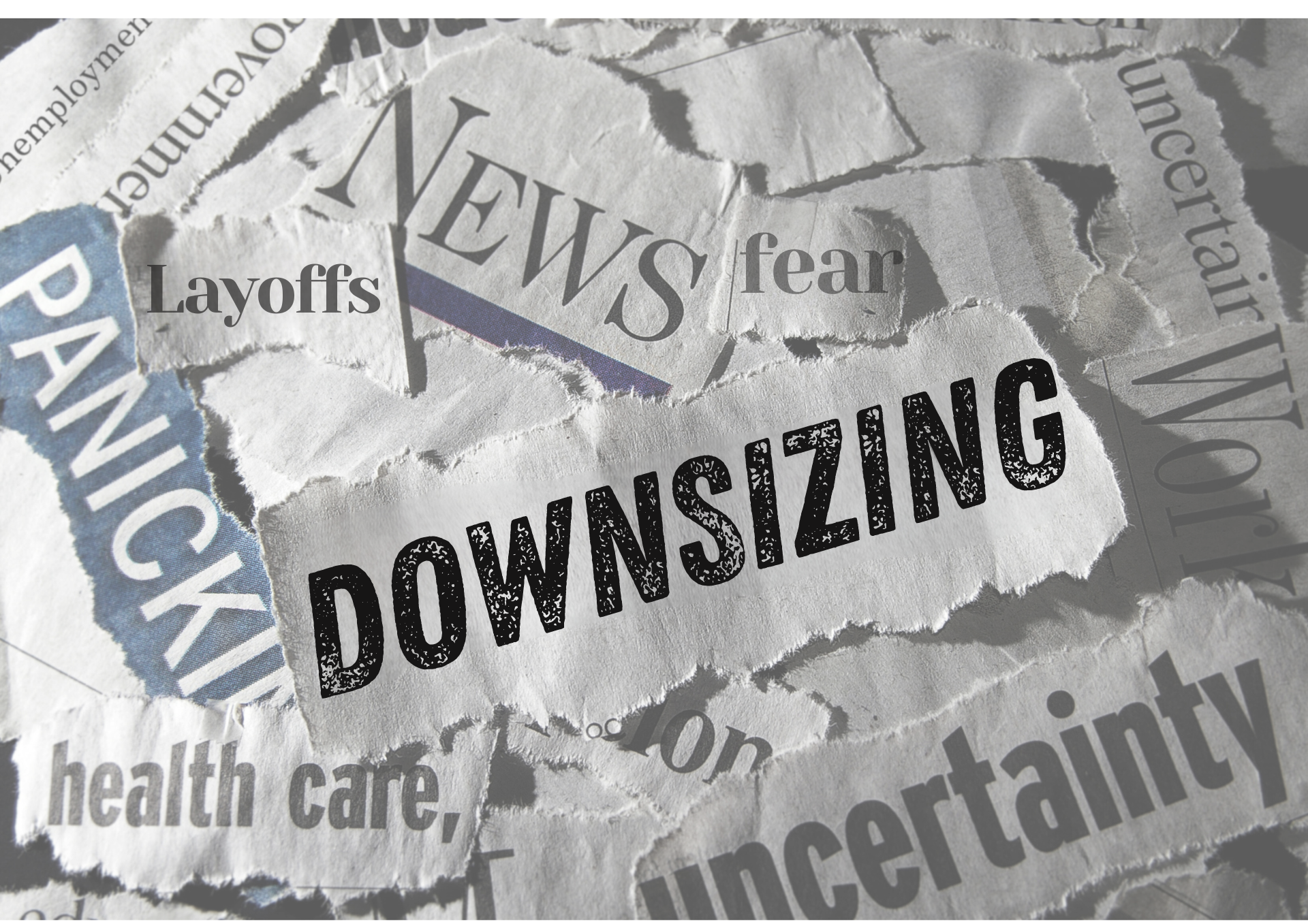By Leigh-Ann Athanasius
If downsizing and layoffs are words that pop up in an organization’s lexicon, a looming sense of dread tends to set in. For business owners, although the terms are used interchangeably, downsizing and layoffs are not exactly the same thing; for employees however, regardless of the term used, they know their jobs are on the line. So, let’s explore what downsizing is, the effect it has on employees and the organisation, and the role of the HR department in ensuring the process is as smooth as possible.

What is corporate downsizing?
As the name suggests, this is about making the organisation smaller. This is a deliberate effort and a strategic move that the company undertakes to reduce its size by eliminating certain positions and roles or even entire departments, that are no longer serving the company’s short-medium term goals. When companies/industries are presented significant opportunities that require a larger workforce to execute and capitalize on, they tend to expand rapidly within a growth bubble. When the bubble pops, downsizing usually takes place, and a clear example of this in the past few years has been seen in the tech sector as thousands of workers have lost their jobs since late 2022.
While layoffs always implies that staff will leave the business, downsizing can include reassignment of staff to new projects, reskilling, and seconding of staff to partners/clients. Layoffs are a way of downsizing but not all downsizing involves employees being laid off. Many times, downsizing involves a combination of layoffs and restructuring depending on the severity of the need for the company to downsize.
Downsizing with a human touch
Downsizing is never an easy process and needs to be handled with utmost care to get through it as smoothly as possible. The first step for any HR department is to understand the strategic direction that the organization is trying to go. Reducing staff numbers without a plan on how duties handled by the exiting staff will be mitigated is essential. It should be HR’s responsibility to provide the executive team an organization’s current organogram. The organogram should help outline how work flows through an organization and provides a foundation upon which a downsizing strategy should be developed and eventually, implemented. Once the strategy is crystallized, it’s time to move onto the next and most important step for HR, letting the employees know the reason for the downsize.
Downsizing is always a decision made in the best financial interest of the company, not due to the conduct or failings of the employee(s). Being truthful about this allows consistent messaging to be delivered to the people affected and making the reason clear to employees ensures that they know it is not a personal reflection of their work.

Supervisors should generally be the ones to deliver the news rather than the HR team alone. Employees would rather hear the news from someone that works closely with them as they would be able to speak more to the fact that it is not an issue of performance. It also may provide more comfort for the employee to get the news of a layoff from someone that they have more of a relationship with. However, having an HR representative be a part of the conversation to provide a objective approach to the conversation is important to neutralize what would be a highly emotional conversation for the affected parties.
In the same vein, when using an outsourcing partner, don’t put the entire responsibility on the employer of record. At the end of the day, the employees are part of your organisation and should be treated as such. Have that open and honest conversation with those employees.
The HR department plays a vital role in the transition process if utilised appropriately. During the downsizing process, HR should be present as a resource and not just a witness or harbinger of bad news, i.e. let HR be there to answer questions that the affected employees have. Depending on the scale of the downsizing, it can be helpful to have FAQ documents that the employees can go through. HR is likely to be bombarded by queries and they may not have the time/capacity to answer everything. Having such a document avoids leaving employees in the dark about the next steps if HR is not able to address all their questions immediately.
What could make the transition easier?
Delivering the truth at the earliest possible time is critical in this process. People tend to notice when changes are taking place within the organization so giving them the news swiftly can be the easiest way to help with the transition process. The organisation should consider the following to help cushion the transition and show that the organisation cares for their exiting employees;
- Offer personal professional development – Develop severance packages and support resources such as CV editing and advice, recommendation letters and job search workshops.
- Wellbeing support beyond the workplace – Extended benefits such as medical for a set amount of time, wellness classes or mental health support for limited time.
- Outplacement – A unique solution available to companies are comprehensive outplacement services that can help bridge the gap between their current roles and their future endeavours. This could see recruiters support outgoing employees find new work opportunities, with the service sponsored by the employer. This can be a great way to make employees feel more appreciated and emphasise that the downsizing is through no fault of their own.
These “aftercare” options can also reduce the likelihood of legal action being taken against the company.
Don’t burn those bridges – which is true for both the employee and the employer. As the employee, you may get another opportunity at the same organisation and will need to have left amicably to ensure that you are still considered for future positions. For the employer, that laid off employee could be a future customer or client, so you want to leave the relationship as positively as possible. Remember that an employee’s experience with you could be the difference between getting a new client from their recommendation or losing a client.
Post-downsizing support

Once the downsizing process is complete, HR’s role continues to be critical in preserving company culture and fostering resilience among the remaining employees. The aim is to minimize the ripple effects of layoffs. Supporting the remaining employees is essential to maintain morale and productivity. HR should focus on:
- Providing clear communication: Regular updates about the company’s direction and the reasons behind strategic decisions can help rebuild trust.
- Rebuilding team morale: Team-building activities, workshops, and open forums can help rebuild a sense of community and collaboration.
- Investing in development: Offering training and development opportunities can help remaining employees feel valued and see a future with the company.
At the end of the day, handling the downsizing process boils down to dignity, transparency and communication. The role of HR goes beyond simply the administrative tasks involved but serve as advocates for both the organisation and the employees. HR can be key in ensuring that the process is executed with compassion so that both the employees and the organisation come out on the other side in a position for future growth.



